Waheeda was born in a Urdu-speaking family in Chengalpattu-Tamil Nadu, India, on May 14, 1936. Her father was the District Magistrate which led him to be posted in several places. Tragedy visited her in 1948 when her dad passed away. Her mom passed away in 1955.
[caption id="" align="alignright" width="180" caption="Waheeda Rehman"]
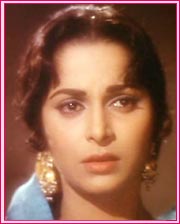
[/caption]
A year after her dad's death she appeared in a Telegu movie 'Rojulu Marayi'. Her role was as an dancing child artiste. She is proficient in Bharat Natyam. It was here that she was spotted by noted Bollywood actor and film-maker, Guru Dutt, who gave her a lead role in C.I.D.. She went on to appear in 'Pyaasa', 'Kagaz Ke Phool', 'Sahib Biwi Aur Ghulam', 'Chaudvi Ka Chand', 'Bees Saal Baad', 'Teesri Kasam' just to name a few, in a career that spanned from 1949 through to 2006. She has acted as a child artiste, a leading lady, then switched to character appearances. She has procured the Best Film Actress Award in 1965 for her role in 'Guide', and then again in 1968 for 'Neel Kamal'.
She had co-starred with Kamaljit Singh in 'Shagun', and later married him on April 27, 1974, and moved to his farmhouse in Bangalore. She subsequently gave birth to a son, Sohail, and then to a daughter, Kashvi. When Kamaljit became ill, she considerably reduced her commitments in Bollywood, and the family re-located to 'Sahil', located near Bandra Bandstand, Bombay. Kamaljit passed away on November 21, 2000. Sohail has achieved his M.B.A. and is working in a Private Limited Company, while Kashvi is a Jewelery Designer.
She is very friendly with former actress Nanda and both spend a lot of time together, and often go out to eat out, including Dahi, Bhel, and Pani Puri right outside Elco Arcade in Bandra, West.
A Taurus, Waheeda went on to produce her very own film 'Om Jai Jagadish' which met with considerable success. She went on to act in 'Water', 'Maine Gandhi Ko Nahin Mara', '15 Park Avenue', and 'Rang De Basanti'.
No less a personality than Amitabh Bachchan himself has claimed Waheeda Rehman to be his favorite actress. She combined the classic Islamic beauty with an extraordinary grace, talent and a truly transcendent appeal that ranked her among the pantheon of Bollywood's elite actresses. And few could dance better than she could!
She was born into a traditional Muslim family on 14 May 1936, in Chengalpattu,Tamil Nadu. Growing up, she was trained in dancing, especially the Bharatnatyam dance. Her first films were Jayasimha (1955) and Rojulu Marayi (1955), both in Telegu. Both films became a huge success and established her as a hit-heroine, but it was a song in the latter film that got Rehman the attention of Guru Dutt, one of the greatest directors in Bollywood history. He took her to Bombay and cast her as a vamp in his crime thriller C.I.D. (1956) - and the result was one of the most stunning debuts ever made in a Hindi film. As a mysterious woman named Kamini, she added a thrill to the whole film and it remains one of the most seductive and memorable roles of her career.
Amazed (and enraptured) by her beauty and talent, Guru Dutt cast her in all of his films. Thus, Rehman gave a mesmerizing performance inPyaasa (1957) as Gulab, the prostitute with a heart of gold, and she stole the hearts of audiences as Jameela, a shy Muslim girl in the romanceChaudhvin Ka Chand (1961). But by then she was involved in an affair with Guru Dutt and this affair led to the disintegration of Dutt's marriage - and soon the two of them broke apart after their last collaboration, Sahib Bibi Aur Ghulam (1962) (which was in fact done under some strain on Rehman's part). Their ill-fated romance was portrayed in the semi-autobiographical _Kaagaz Ke Phool (1960)_. Guru Dutt, unable to completely forget her, committed suicide in 1964.
Moving on after Guru Dutt, Rehman worked with the acclaimed director Satyajit Ray in The Expedition (1962) and consolidated her position as a top Bollywood star with her commercial successes Bees Saal Baad (1962) and _Kohra (1964)_. Then she did _Guide (1965/I)_ - a film that took her to the peak of her career. In the conservative 1960s, it was a daring role for her to play, and yet the gamble paid off - her performance as Rosie, a woman who leaves her husband for her lover, is ranked as her best ever! And to think that when she did the film, she was certain she would never, ever be able to do another film again!
Unfortunately, after _Guide (1965/I)_, matters didn't really work out. While commercial films like Ram Aur Shyam (1967) and Patthar Ke Sanam(1967) proved to be huge successes, her offbeat films Teesri Kasam (1967) and Reshma and Shera (1972) bombed, in spite of her critically acclaimed performances in those films. She had achieved too much too soon in her professional life, and so she began to make achievements in her personal life as well. In 1974, Rehman married Kamaljit, a businessman who had tried (in vain) to make it in films and moved to Bangalore.
She later cut down on her acting assignments, preferring to market her own brand of breakfast cereal and lead a contented life in a Bangalore farmhouse. She turned to supporting roles, often playing Amitabh Bachchan's mother (although there was one notable performance as his wife in _ Kabhi Kabhie - Love Is Life (1976)_), and gave a memorable curtain call as a female guardian in Lamhe (1991). However, of late she has gone back to playing maternal roles, most notably in Rang De Basanti (2006).
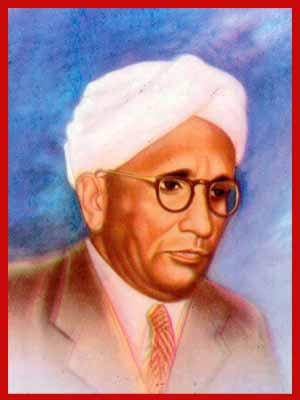 Various activities are organized on the day like debates, quiz competitions, exhibitions, lectures, etc., in which college students, school students and teachers too participate.
Various activities are organized on the day like debates, quiz competitions, exhibitions, lectures, etc., in which college students, school students and teachers too participate. [/caption]
[/caption]
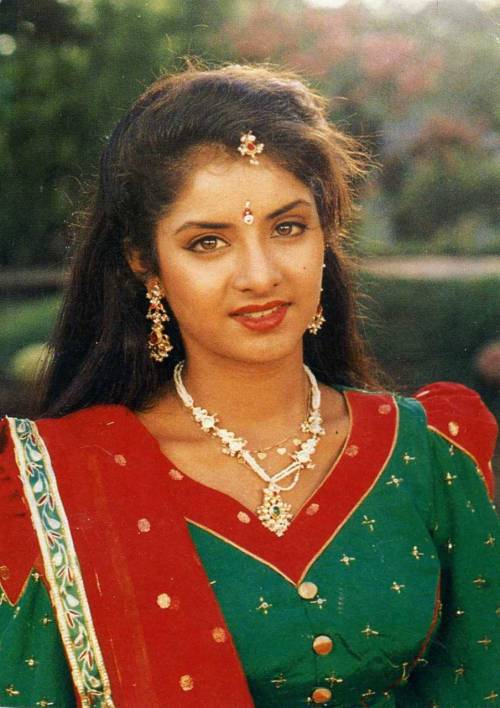 [/caption]
[/caption] [/caption]
[/caption]
 Bhagysshree was born in a royal, though very conservative Marathi-speaking, Patwardhan family on February 23, 1969. Her father is the former Maharaja of Sangli, whose qualifications include MBA and LLB. Since her childhood she was taught Sanskrit, as her dad recites Slokas.
Bhagysshree was born in a royal, though very conservative Marathi-speaking, Patwardhan family on February 23, 1969. Her father is the former Maharaja of Sangli, whose qualifications include MBA and LLB. Since her childhood she was taught Sanskrit, as her dad recites Slokas. Barjatya was born in Mumbai. He attended The Scindia School in Gwalior. Encouraged by his paternal grandfather Tarachand Barjatya, he directed his first film Maine Pyar Kiya for Rajshri at the young age of 24. He is married to Vineeta. He has three children Devaansh, Avnish and Eesha.
Barjatya was born in Mumbai. He attended The Scindia School in Gwalior. Encouraged by his paternal grandfather Tarachand Barjatya, he directed his first film Maine Pyar Kiya for Rajshri at the young age of 24. He is married to Vineeta. He has three children Devaansh, Avnish and Eesha.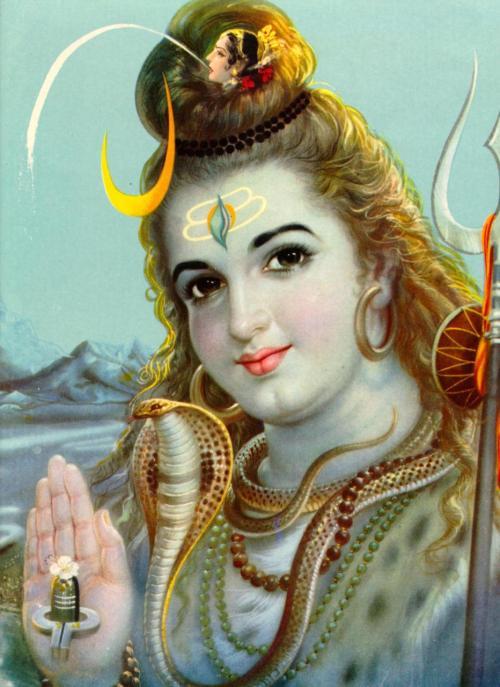 [/caption]
[/caption] Devotees at the temple
Devotees at the temple Shiva
Shiva  [/caption]
[/caption]
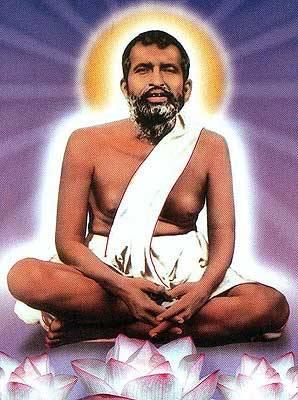 [/caption]
[/caption] [/caption]
[/caption] [/caption]
[/caption] [/caption]
[/caption] [/caption]
[/caption]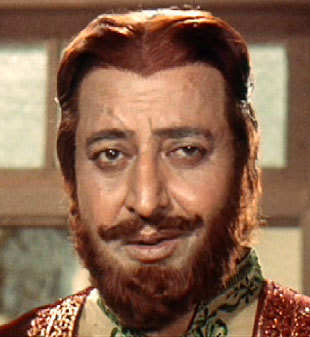 [/caption]
[/caption] [/caption]
[/caption] [/caption]
[/caption] [/caption]
[/caption] [/caption]
[/caption] [/caption]
[/caption] [/caption]
[/caption] [/caption]
[/caption] [/caption]
[/caption] [/caption]
[/caption] Shamita Shetty
Shamita Shetty